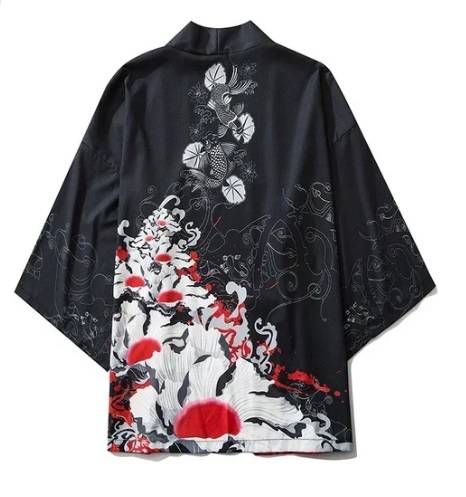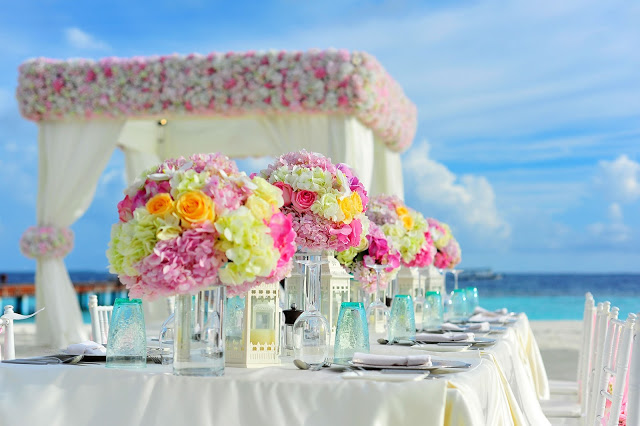Kawaii fashion has grown from a niche subculture in Japan into a global style movement that transcends borders and cultures. The term “kawaii” translates to “cute” or “adorable” in Japanese, and this aesthetic has become one of the most recognized and influential trends in contemporary fashion. Kawaii fashion isn’t just about clothes; it’s about expressing a playful, youthful, and whimsical attitude toward style. This article explores the different facets of Kawaii fashion, including its relationship to other Japanese subcultures like Lolita fashion, Kimono fashion, and Harajuku fashion, and how it has evolved into the streetwear scene. At the end, we’ll touch on a popular brand that has captured the hearts of kawaii fashion enthusiasts—Kawaiioo.
What is Kawaii Fashion?

Kawaii fashion is a celebration of cuteness, innocence, and often exaggerated childlike features. From pastel colors to frills, bows, and animal motifs, this style embodies all things sweet and cheerful. The allure of Kawaii fashion lies in its ability to evoke nostalgia for childhood, with an emphasis on dressing in a way that is both charming and endearing. However, the aesthetics of kawaii fashion are not limited to traditional “cute” styles; they also incorporate elements of cosplay, fantasy, and even darker or more edgy interpretations of cuteness.
The style draws on several key features:
- Pastel Colors: Soft pinks, purples, and blues dominate the palette, although brighter hues like yellow and mint green can also be found.
- Playful Accessories: Hair bows, pastel bags, socks with lace, and cat-ear headbands add to the whimsical nature of the look.
- Layering: Many kawaii outfits are designed with layers of fabric, including frilly skirts, petticoats, and oversized sweaters or blouses.
- Embellishments: Think hearts, stars, lace, ribbons, and glitter—these small, cute details are crucial to achieving the perfect kawaii outfit.
Lolita Fashion: The Elegance of Kawaii

One of the most iconic substyles of Kawaii fashion is Lolita fashion, which draws inspiration from Victorian-era clothing, Rococo fashion, and European aristocratic styles. Characterized by its modesty and femininity, Lolita fashion includes dresses with puffed sleeves, lace collars, and voluminous skirts, often paired with knee-high socks or stockings. The aesthetic is highly structured and often involves intricate accessories like bows, bonnets, and lace gloves.
While Lolita fashion is deeply rooted in its own historical context, it fits perfectly within the larger Kawaii fashion movement because of its emphasis on cuteness and the desire to embody an idealized, almost doll-like persona. Lolita has also branched out into several substyles, such as Gothic Lolita, Sweet Lolita, and Classic Lolita, each with its own variation on the theme of elegance and innocence.
Kimono Fashion: A Blend of Tradition and Kawaii
Another facet of Kawaii fashion is its incorporation of traditional Japanese clothing, particularly the kimono. The kimono, a garment with a long history in Japan, has found its way into Kawaii fashion, often with playful modern interpretations. Kimono-inspired garments such as kimono-style robes, dresses, or jackets are frequently seen in Kawaii outfits, with their bright colors, floral patterns, and luxurious fabrics adding a touch of sophistication and tradition to the otherwise youthful, carefree aesthetic.
Kimono fashion within the Kawaii movement embraces vibrant color combinations, pastel hues, and whimsical motifs that reflect the kawaii spirit. Designers and brands often experiment with this fusion of old and new, creating kimono-inspired pieces that are less formal and more suited to everyday wear, making it easier for young people to incorporate traditional elements into modern wardrobes.
Harajuku Fashion: The Epicenter of Kawaii Culture
No discussion of Kawaii fashion would be complete without mentioning Harajuku fashion, the colorful and eclectic style that has become synonymous with the youth culture of Tokyo. Located in the Harajuku district of Tokyo, this fashion hub has long been a breeding ground for bold, experimental styles, blending traditional Japanese aesthetics with global influences.
Harajuku fashion is often described as a melting pot of various subcultures, from punk to goth, to streetwear, and more. In this vibrant scene, Kawaii fashion plays a significant role, with Harajuku style frequently incorporating pastel-colored wigs, oversized sweaters, and playful accessories. The boundary-pushing, experimental nature of Harajuku fashion makes it an exciting place for Kawaii fashion to evolve, and it’s not uncommon to see people mixing elements of Lolita fashion, Kimono fashion, and streetwear in their outfits.
The Harajuku area itself is known for its colorful, eye-catching fashion and its ability to create new trends, making it one of the most important locations for Kawaii fashion to flourish. The eclectic, ever-changing nature of Harajuku fashion means that it often includes kawaii elements but also incorporates urban street style, making it an appealing fusion for those who love the playful elements of Kawaii but seek something more contemporary.
Streetwear and Kawaii: The Intersection of Comfort and Style
In recent years, Kawaii fashion has crossed paths with streetwear, a style that emerged from urban, skate, and hip-hop culture, known for its focus on comfort, functionality, and bold logos. Streetwear is typically associated with loose clothing, sneakers, and casual attire, but in the context of Kawaii, it has been transformed into something more whimsical and fun.
This blend of streetwear and Kawaii fashion is especially popular among younger generations who want to maintain comfort while still expressing their love for all things cute. The kawaii twist on streetwear involves adding pastel colors, cartoon motifs, and oversized accessories, allowing fashionistas to rock their favorite sneakers with a playful oversized sweatshirt or mix kawaii accessories with a street-inspired outfit. Think of a pastel hoodie adorned with anime characters paired with chunky sneakers and cute animal-shaped bags—this is Kawaii streetwear at its finest.
Kawaiioo: Bringing Kawaii to Life
As Kawaii fashion continues to evolve and gain international appeal, brands like Kawaiioo have become key players in bringing the aesthetic to the masses. Kawaiioo is an online brand that specializes in bringing together kawaii, fashion, and everyday wear with a distinctly youthful and modern twist. From cute apparel to whimsical accessories, Kawaiioo offers a range of options that perfectly embody the playful and adorable nature of Kawaii fashion.
What sets Kawaiioo apart is its ability to blend different Kawaii-inspired elements into versatile, wearable pieces. The brand’s items often include bold colors, cartoon imagery, and charming patterns, allowing customers to express their personality while embracing the overall vibe of kawaii culture. Whether you’re looking for pastel-colored dresses, quirky socks, or kawaii accessories to complete your outfit, Kawaiioo has something for every Kawaii fashion lover.
Conclusion
Kawaii fashion is more than just a trend—it’s a cultural phenomenon that celebrates cuteness, innocence, and playful self-expression. From the historical elegance of Lolita fashion to the fusion of traditional Kimono fashion with modern Kawaii aesthetics, the style continues to evolve and inspire people worldwide. Harajuku fashion has long been the heart of this movement, constantly pushing boundaries and mixing influences to create unique and colorful looks. And as Kawaii fashion intersects with streetwear, it has found a place in everyday casual outfits, making it even more accessible and popular among the younger generation.
For those looking to explore Kawaii fashion further, brands like Kawaiioo offer a fresh take on this ever-evolving style, combining cuteness with comfort and modern fashion trends. Whether you’re new to Kawaii fashion or an experienced enthusiast, Kawaiioo’s collections make it easy to add a dash of cuteness to any wardrobe.
More Useful Prodcuts Offered by Kawaiioo:

